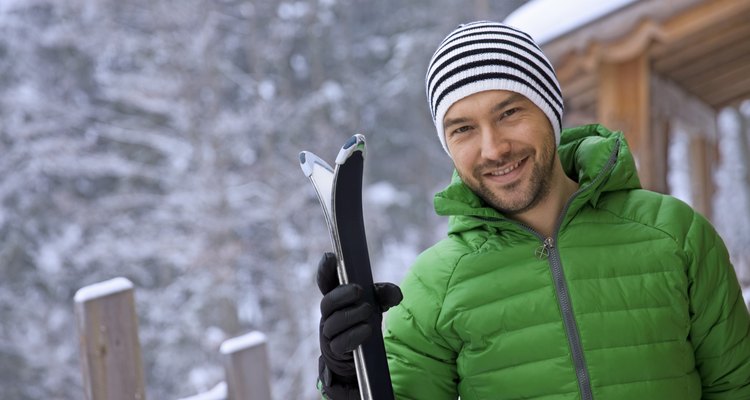
altrendo images/Stockbyte/Getty Images
The knit cap -- soft, warm and shapeless until it's pulled onto your head and over your ears -- has been around for centuries. It is so ubiquitous that it's a newborn's first fashion accessory. The hat has come to be known as a beanie in the fashion world, but it's been called by many other names. In fact, "beanie" used to mean a different kind of cap entirely.
From Seafarers to Skaters
Whether you call it a beanie, a toboggan, a watch cap, a toque, a skullcap or just a cap might depend on where you live and how old you are. The cap's roots go back to the Monmouth cap in Medieval England, where it was everyday wear for workers. It made its way to the New World with sailors and was adapted by lumberjacks, farmers and anyone else who needed to keep warm. The U.S. Navy issued "watch caps" and olive drab "Jeep caps" that could be worn under helmets. The toboggan name, of course, was adapted by sledders. According to The Word Detective, skateboarders in the 1990s started calling the caps "beanies" -- and the name has stuck.
The Mark of a Freshman
Another type of cap, round with a brim and often sewn from pie-slice-shaped cutouts of school colors, was also called a beanie. It was required attire for freshmen or others going through college hazing in the first half of the 20th century. Later, a cartoon series, "Beany and Cecil," added a propeller to the cap, creating a sci-fi, geek-chic phenomenon in the 1950s and '60s.
Related Articles
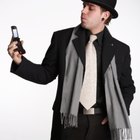
What Are Bowlers, Bonnets, Beanies & ...
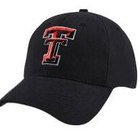
How to Wear New Era Hats
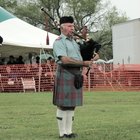
Types of Scottish Hats

How to Fade a Baseball Cap

How to Wash a Baseball Cap
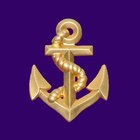
Navy Uniform Regulations on the Watch ...

History of Military Hats

Types of French Hats
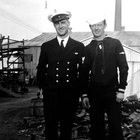
How to Wash a Navy Sailor Hat
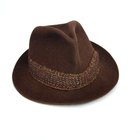
Types of Felt Hats
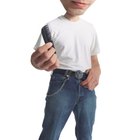
What Did Men Wear in the '50s?

How to Keep My Baseball Caps From ...
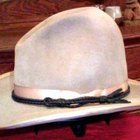
How to Clean a Stetson Hat

How to Make Hats Fit Better

Hat Trends of the Seventies

How to Tell the Difference Between Real ...
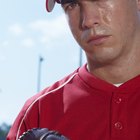
How to Clean Sweaty Fitted Hats
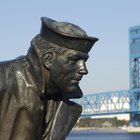
Why Is It Called a Pea Coat?
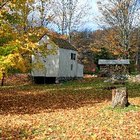
About Family Life in Colonial New Jersey

Who Wears Red Fez Hats?
References
- The Word Detective: Toboggan
- University of Kansas: Cut the Caps
- Birchbox: A History of the Wool Knit Cap
- Turn to a Historian: Abraham Woodhull’s Beloved “Beanie” (Cap)
- Colonial Williamsburg: A Colonial Gentlemen's Clothing: A Glossary of Terms
- Today in Science History: History of the Propeller Beanie and The Ultimate Propeller-Head Geek
Writer Bio
Bonny Brown Jones has been a writer, columnist, copy editor and senior copy editor for newspapers that have included the "Orlando Sentinel," "Miami Herald" and "Columbus (Ohio) Dispatch." Jones has a Bachelor of Arts in English from Ohio State University.
Photo Credits
altrendo images/Stockbyte/Getty Images